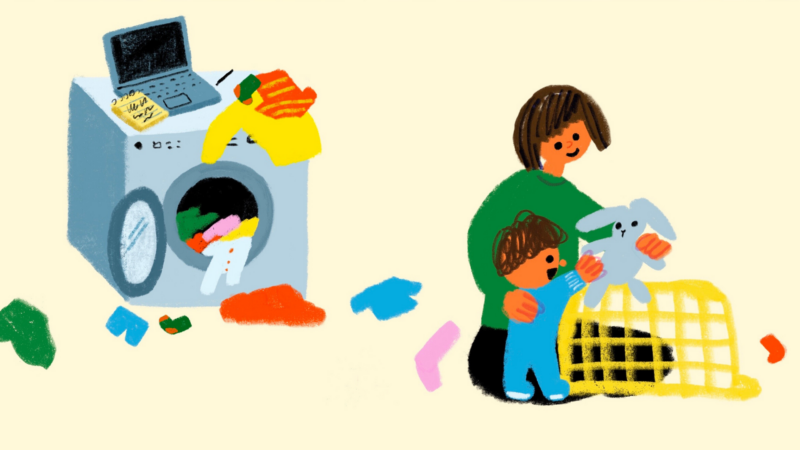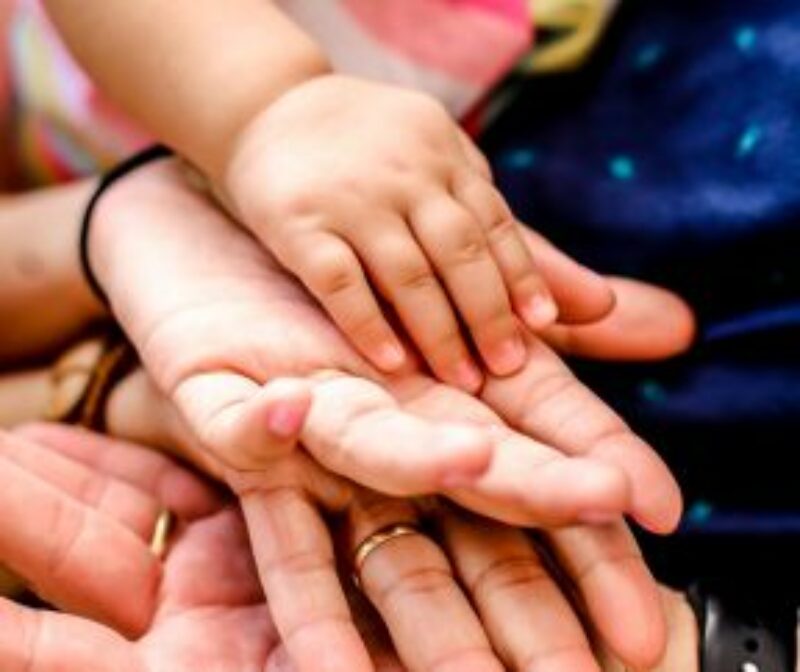Is it Easier Than We Thought to Raise Resilient Kids?
Using the 4 S’s: Safe. Seen. Soothed. Secure.
Being a parent or caregiver to children is undoubtedly deeply fulfilling and one of life’s greatest joys, but living the life of a parent each day is also an exhausting and unrelenting responsibility for which parents can never fully be prepared. Being a parent means facing situations you never thought you’d be in, often having no idea what to do but hoping your judgement is sound enough to not totally mess things up, and having more simultaneous contradictory emotions than seem humanly acceptable.
As a parent to three kids under 12, the older my kids get, the more pronounced my awareness of a parent’s impact becomes, since I can now see some of the results of my parenting in their earliest years bearing fruit—for better and worse. The reality that our mental and emotional health as parents plays an integral role in who they become, how they relate to others, how they view themselves, and how they interact with the world, is overwhelmingly sobering. I’m thankful for the good fruit I see in my kids, and for the ability we all have to grow—we are not fixed points on a chart—and the hope that offers.
I think most parents would share these sentiments. We often wonder if we have what it takes to raise stable, functional members of society who are able to hold jobs, form healthy relationships, and contribute to their community.
The latest research now offers great news for parents: you’re probably doing better than you think. The odds of raising secure kids boils down to a main overarching theme—showing up. In their latest book, The Power of Showing Up, Drs. Dan Siegel and Tina Bryson offer science-backed encouragement for parents to cut themselves some slack. Not to blatantly oversimplify parenting, but raising resilient, secure kids really comes down to providing them with a few basic emotional needs (that Dr. Bryson even calls her “north stars” of parenting)—kids need to feel safe, seen, soothed, and secure. It turns out that just being present for our kids is a major predictor for how resilient and secure they become as adults.
The 4 S’s
Based on research, Drs. Siegel and Bryson developed the concept of the 4 S’s—safe, seen, soothed, and secure—to give shape to the more general term of “showing up.”
Safe: A parent’s job is to keep kids safe and enable them to feel safe. This means feelings of physical safety, of course, but also emotional safety, where children know that even when there are relational breeches, there is consistency (not perfection) in a parent’s effort to repair the relationship. Reconnecting with a child after difficult interactions greatly promotes inherent feelings of safety that set them at ease to explore who they are and what they believe about themselves and the world, developing their own sense of self and interpretation of life.
Consider: Do you make efforts to repair and reconnect after arguments and when you act or speak in ways that do not align with your parenting values? How do you repair with others?
Seen: For a child to feel truly seen by a parent means for them to have interactions that demonstrate the parents perceive deeper insights into the child’s mental state and inner life and that they place value on it. Children have a need to feel noticed because it makes them feel valuable. Of course we want to notice what is unique about our children and affirm them for that; but children have an innate desire to know they are loved for their authentic selves, even when that authenticity, like when fully expressing their raw emotion, is not a pleasant interaction for parents.
Consider: Kids want to know that they are loved even at their worst. Are you curious about the deeper needs that are behind negative behaviors? How do you express this to them? Are you curious about who they are becoming in their internal world (their likes, dislikes, friendships, school experiences, motivations)?
Soothed: When children experience internal distress (disappointment, rejection, failure, anger), a parent or caregiver has the ability to offer comfort through co-regulation—coming alongside the child as a calming presence. This doesn’t equate to fixing the problem, but being a steady presence and guide that offers support as they navigate these big feelings. This can be difficult for some parents, who may not have experienced consistent parental comfort regularly as a child, but it can be learned. When children experience co-regulation, it promotes the skill of internal-soothing, where they grow in their ability to calm and soothe themselves.
Consider: Was comfort offered to you by your parents or caregivers? And how did they calm you? Do you find it difficult to soothe your children? Are they different to soothe? When your child is in distress, how are you able to come alongside them?
Secure: When enough experiences of the first three S’s are present, kids develop a secure relationship with and understanding of their family and home life. In turn, they begin to internalize the messages of the S’s—learning to show up for themselves in these ways—and can then offer them in their relationships with others throughout their lives. When they have a strong anchor in their caregivers, they are empowered with confidence, meaning, and resiliency into adulthood.
Consider: Reflect on the 4 S’s—how do you give and receive them?
What makes the 4 S’s even more spectacular is the fact that we can use them as a lens to observe our own childhood experiences. As we do this, we can identify how our childhood shaped us and how it might inform the way we parent our own kids. Naming these influences allows us to grow in our emotional health, giving us the capacity to reflect on and modify our own parenting.
There may be an S that you worry you fall short in, but rest in knowing that our kids don’t need perfection and they don’t need extravagance. They just need us to be present with them, which may manifest in unimpressive, day-to-day opportunities, not infrequent, ostentatious moments.
And most soothing of all: yes, you are already doing better than you think.
These strategies and more are discussed in Dr. Siegel and Dr. Bryson’s books, The Power of Showing Up, and The Whole-Brain Child
Continue Exploring

Emotions
A Practice: Using the 4 S’s to Reflect on our Childhood
The "north star" of parenting is to help our children feel safe, seen, soothed and secure. Learn more about this approach developed by Drs. Tina Bryson and Dan Siegel.

Practices
A Practice: How to Build Bonds With Others
Developing deep bonds with others requires effort. Ask yourself these questions for deeper understanding, and you might feel less lonely.

Blog
Mindful Parenting: The Importance of Creating Space from Within
Dr. Joey Fung emphasizes the importance of mindful parenting and how parents can thrive during this pandemic.

